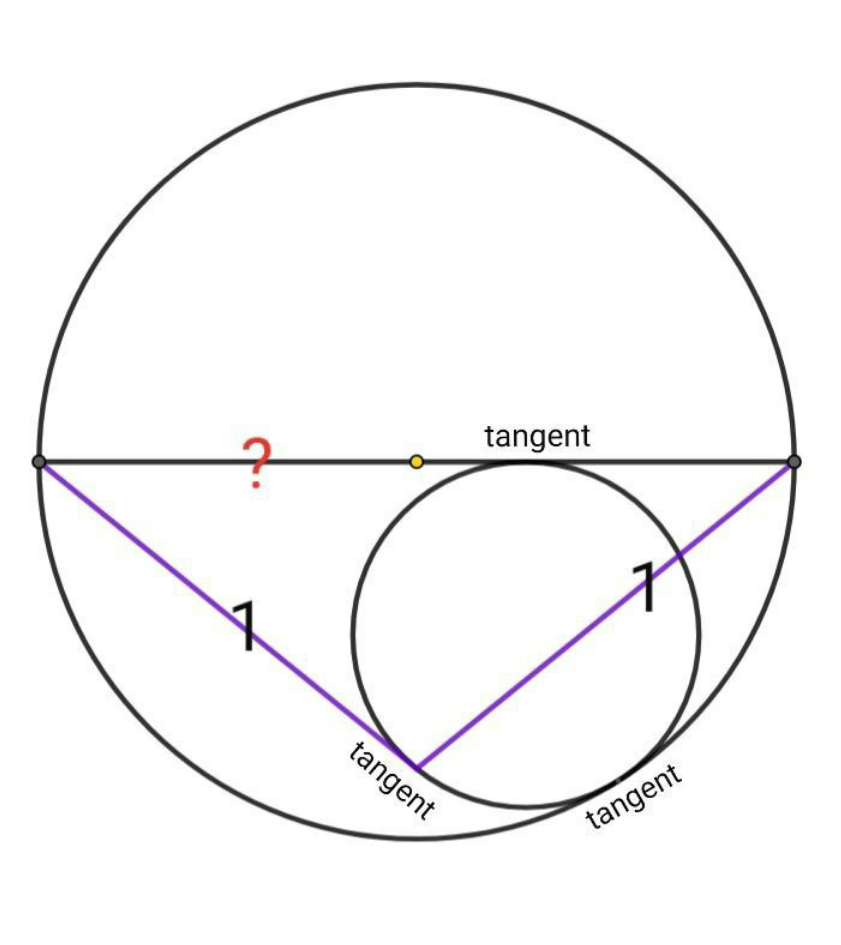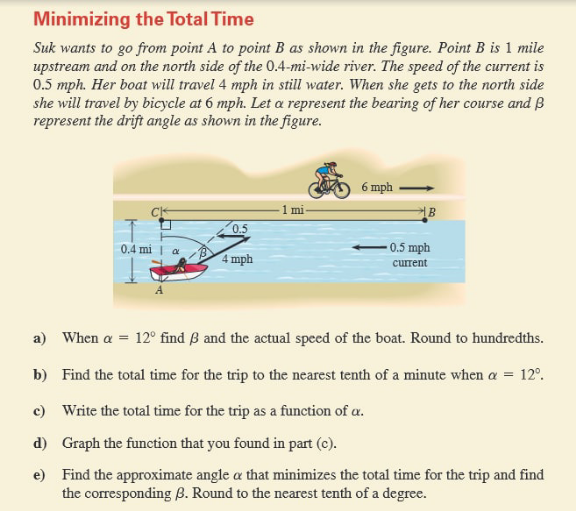
AllQuestion and Answers: Page 768
Question Number 142607 Answers: 1 Comments: 0

Question Number 142604 Answers: 1 Comments: 0

Question Number 142603 Answers: 1 Comments: 0

Question Number 142595 Answers: 1 Comments: 0
Question Number 142618 Answers: 0 Comments: 2
Question Number 142617 Answers: 0 Comments: 0

Question Number 142613 Answers: 0 Comments: 0
Question Number 142592 Answers: 1 Comments: 0
Question Number 142573 Answers: 2 Comments: 0

Question Number 142865 Answers: 1 Comments: 1
Question Number 142570 Answers: 1 Comments: 0
Question Number 142582 Answers: 2 Comments: 0
Question Number 142577 Answers: 2 Comments: 0
Question Number 142560 Answers: 1 Comments: 0

Question Number 142558 Answers: 0 Comments: 0
Question Number 142556 Answers: 1 Comments: 0
Question Number 142553 Answers: 2 Comments: 0
Question Number 142548 Answers: 0 Comments: 1

Question Number 142546 Answers: 0 Comments: 1
Question Number 142545 Answers: 1 Comments: 0
Question Number 142538 Answers: 1 Comments: 0
Question Number 142537 Answers: 0 Comments: 0
Question Number 142534 Answers: 0 Comments: 0

Question Number 142531 Answers: 0 Comments: 0
Question Number 142528 Answers: 1 Comments: 0
$$\int_{\mathrm{1}} ^{\:\infty} \:\frac{{dx}}{{e}^{{x}} −\mathrm{2}^{{x}} } \\ $$
Question Number 142516 Answers: 0 Comments: 0
$$\int\frac{{dx}}{\left(−{lnx}\right)^{\frac{\mathrm{1}}{{x}}} }\:\: \\ $$
Pg 763 Pg 764 Pg 765 Pg 766 Pg 767 Pg 768 Pg 769 Pg 770 Pg 771 Pg 772
